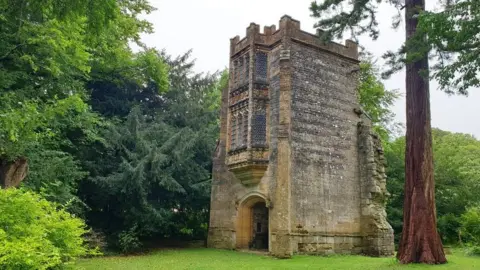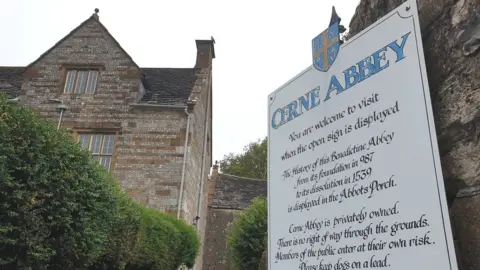Cerne Abbas: Archaeologists dig for medieval abbey
 BBC
BBCArchaeologists are digging to find a Benedictine abbey that has lain undisturbed for almost five centuries.
Cerne Abbey in Dorset was demolished in 1539 during the Dissolution and the land has remained virtually untouched - until now.
Researchers had previously used ground-penetrating radar (GPR) to locate some of the key buildings.
The three-week dig aims to reveal the precise position of the abbey, as well as evidence of earlier buildings.
Researchers from the University of Sheffield, led by Dr Hugh Willmott, carried out the GPR survey in 2022, which located large portions of the monastery.
Dr Willmott said it provided the "first ever evidence for the medieval abbey, and potentially its Anglo-Saxon predecessor beneath".

Cerne Abbey was founded in 987 but, when King Henry VIII ordered the dissolution of the monasteries between 1536 and 1541, it was surrendered, plundered and demolished.
All that remains is the Abbots Porch and Guest House and there have been no significant excavations, except those by grave diggers.
It is believed the abbey occupied a site east of Abbey Street, which includes the existing graveyard and neighbouring fields, but previous geophysical surveys were hampered by large amounts of rubble obscuring the buried structures.
It is hoped the dig, led by Dr Willmott and Dr Helen Gittos of the University of Oxford, will attract interest and funding for more detailed investigations.
An exhibition about the excavations, which started on 20 July, is on display in nearby St Mary's Church.
The dig is being carried out in partnership with Sheffield University, the University of Oxford and Cerne Abbas Historical Society.

Follow BBC South on Facebook, Twitter, or Instagram. Send your story ideas to [email protected].
